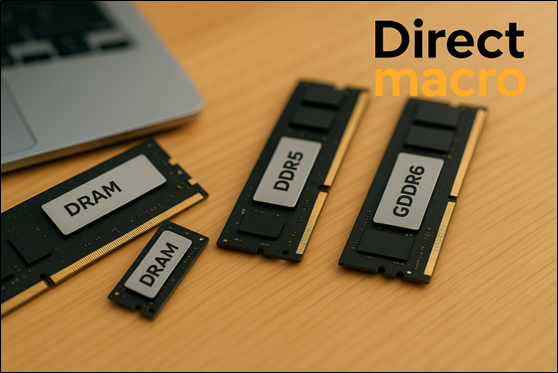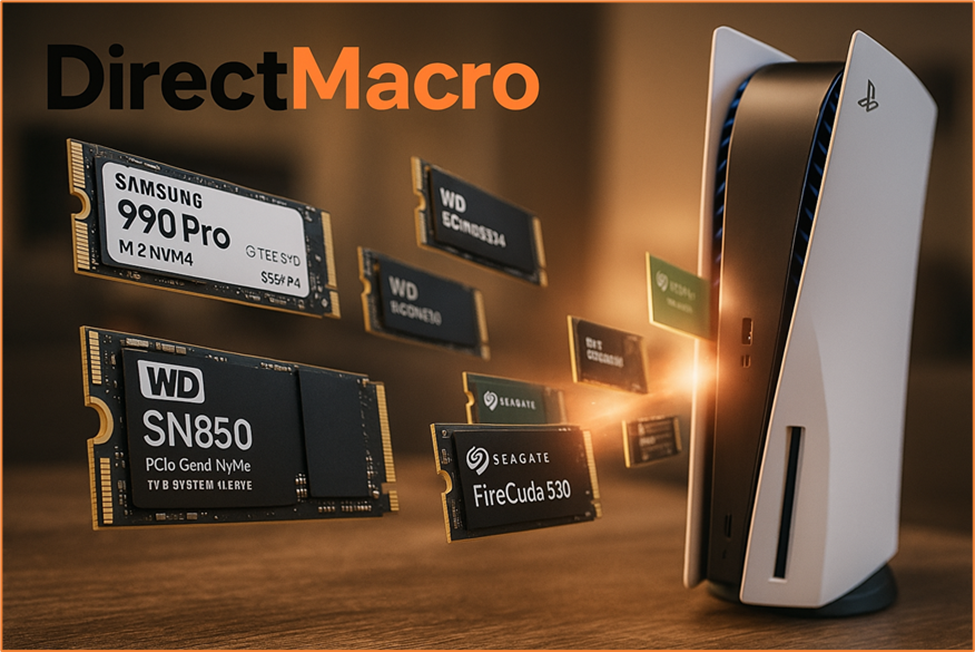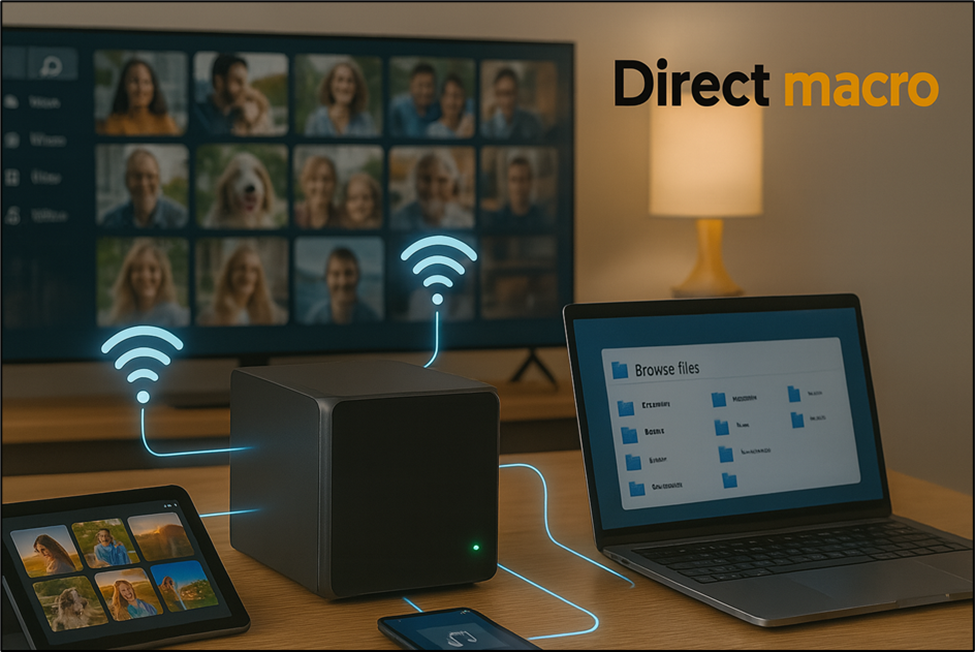Coax Cable: Everything You Need to Know
Despite a number of substitutes in the market, coax cables still stand their ground. You will still find them being used for domestic and commercial purposes, such as internet connections and television cables. Wonder why new flanged versions of connectivity cables couldn’t wholly replace coax cables? Because it offers high bandwidth, more secure signals, and, most importantly, it is a cost-effective option for your existing IT Infrastructure. Are you setting up a strong internet connection that requires high data transmission speed? Then, is coax cable your best budget choice? Wonder how? This blog will discuss everything you need to know about coax cable.
What is a Coax Cable?
Coax cables are commonly known as coaxial cables. These are electric cables used in a wide range of appliances and connectivity devices for more secure and efficient transmission of data signals. The cable transmission line is configured very astutely to carry high-frequency electric signals with minor loss of data. Low interference of other signals makes it an even more reliable cable choice for businesses and individual consumers.
Cable Configuration
Coax cable is a four-layered cable, each layer meticulously wrapped around the other. It is a stealthily configured cable to effectively transmit signals while reducing irrelevant signal interference. It’s called Coaxial cable because the inner copper and second conductor of the cable have the same geometric axis. Here is what the coax cables look like from the inside:
The Central Conductor
It’s the most important part of data transmission because this is where signals actually travel from the coach outlet to the connecting device. It is made of solid copper. It’s the core conductor upon which the second conductor and shield are wrapped to ensure safe data transmission.
Dielectric Insulation
Around the copper wire, there is a dielectric insulator. This part is often made of thick material such as foam or plastic. This fully wraps around the inner conductor and prevents signal leakage. It encapsulates the data signal to the inner conductor and ensures the transmission with no loss of data.
Shielding
Upon dielectric insulation comes mesh shielding, which is also called a second conductor. This shield is made of woven aluminum or copper foil.
Outer Jacket
This is the last and outer layer of coax cables, made with soft material like rubber or plastic. The jacket is wrapped around the shielding to protect it from different environmental conditions, like heat, moisture, and dust. It increases the cable lifespan and user convenience.
The four layers of materials make the perfect coax cable that ensures high-efficiency data transfer. However, the configuration may vary for different types of coax cables, considering the purpose for which they are made.
Types of Coax Cables
Not all coax cables are the same; there are a variety of sizes, builds, and types of coax cables available on the market. Each serves a unique purpose for the customer. If you are considering buying a coax cable for your business or household use, here are the major key differences between them. Learn which one is best for you.
RG6 Coax Cable
RG6 coax cable is the widely used type of Coax cable that is available all over the market. It is the most common type of Coax cable because it is widely used for television, satellite, and internet connections. It has an impedance of 75 ohms. If you are looking for a cable with high-frequency data transfer over long distances, then RG-8 is the right choice for you.
RG-8 Cable
RG-8 coax cable is the best fit for broadcasting stations, radios, and antenna cables, as it can support radio frequencies up to 4000 MHz. RG-8 is built with a large diameter that prevents significant signal loss, making it the best-fit cable for long distances.
RG-11 Cable
RG 11 cable is the widely preferred choice of people to use in CATV, HDTV, Antenna, and video distribution. It has a bigger diameter than other coax cables, making it less prone to signal loss. Therefore, it ensures a high-quality signal transmission.
RG-58 Cable
The cable comes with an impedance of 50 Ohms and is considered the perfect choice for low-power signal frequencies. It is smaller than other RG cables, therefore not a good choice for long-distance connection, though it is the best choice for car radio installation.
RG-59 Cable
On the other hand, RG-59 coax cable comes with an impedance of 75 Ohms. It is a good choice for short distance cable connections such as CCTV. Because it has thin diameter it may not be the best choice for long distance due to the risk of signal loss.
RG – 213 Cable
RG-213 is the best cable for high-frequency applications. Since it has a diameter of 0.405 inches, it is even thicker than RG-8. This makes it a better option for long-distance, high-frequency cable connections.
Two Special High-Frequency Cables
Two special coax cables that are designed to specifically meet the demand of high power and high-speed data transmissions are as follows:
Twinaxial Cable
Twinaxial cables contain two inner conductors, unlike one in ordinary cables. These cables are best designed to meet the requirements for short-distance and high-speed data transmission. It has braided shielding that prevents signal loss.
Triaxial Cable
This type of RG cable has three layers of conductors. Two more shields further protect the inner conductor copper wire and then the outer jacket. Triaxial Coax cable is used for broadcasting stations, scientific equipment, and surveillance systems.
Coax Cable Connectors
Coax cables are used with connectors that establish a secure connection without data loss. These connectors are specifically designed to match cable impedance.
| Connector Type | Design |
| F-Type Connector | Threaded Screw-on Connector |
| BNC Connector | Twist and lock connector |
| N-Type Connector | A Large Threaded connector |
| SMA Connector | Small Threaded connector with high precision center pin |
| QMA Connector | Snap on Lock connector with same size as SMA Type |
| RCA Connector | RCA Connector |
| MCX MMCX | Small push on connectors for tight spaces |
| FME Connector | Small connector with threaded barrel |
Conclusion
In short, the best coax cable is the one that best fits your purpose. This blog provides detailed information about cable configuration, different types of coax cables, and when these are the best options for you. If you are planning to buy a coax cable, look for the details, compare prices, learn the specifications, and make the right choice as per your needs. If you are tight on budget, then check the discount deals at Direct Macro.
FAQ’s
How to splice coax cable?
Although it is easier for people to splice a coax cable with the help of a connector, if you don’t have the nearest hardware store, then you can simply splice the coax cable by soldering the inner and outer layers together.
How to test coax cable?
The best way to test a cable outlet signal is to use a coax cable tester for greater accuracy. A multimeter is used to check the coax cable. Connect one probe to the central pin at the end of the cable and the outer probe to the other end of the cable. Check the results on the multimeter. If it rings and shows no resistance, it indicates that the coax cable is working perfectly.
What is a coaxial cable outlet?
The cable switch or hub where you plug in your coax cable is called a Coax cable outlet. These outlets transmit signals from the central hub to the device you are connecting it to.
Do you need advice on buying or selling hardware? Fill out the form and we will return.

Sales & Support
(855) 483-7810
We respond within 48 hours on all weekdays
Opening hours
Monday to thursday: 08.30-16.30
Friday: 08.30-15.30








